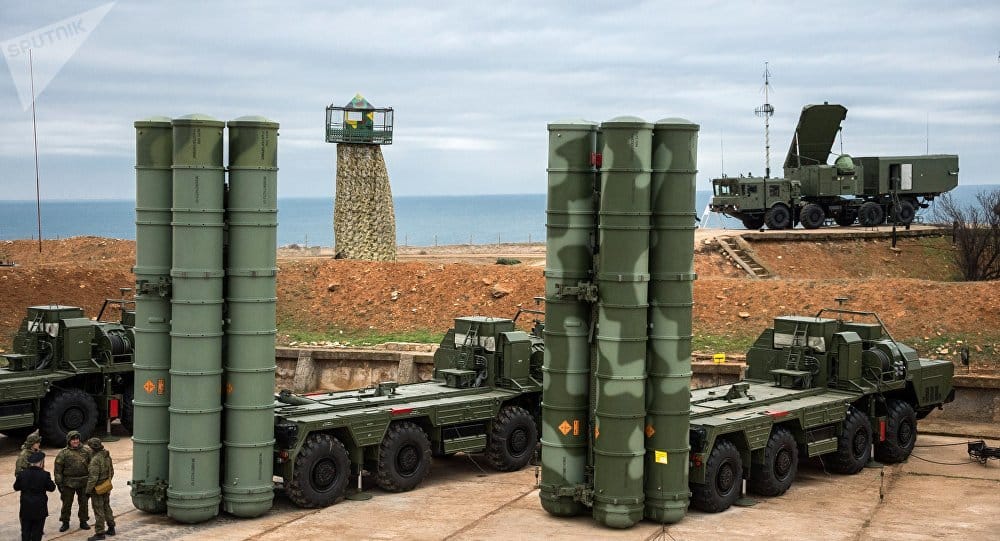The two successive strikes carried out by Ukrainian drones against two Russian air bases hosting strategic or long-range bombers have been widely commented on in the media. Beyond the obvious success of the Ukrainians, who damaged at least two aircraft, a Tu-95 strategic bomber based on Engels-2, and a Tu-22M3 long-range bomber based on Dyagilevo , they also managed to carry out remarkably precise strikes using drones transformed into locally-made cruise missiles, without using Western weapon systems. Above all, these two strikes, like the one today against an aviation fuel depot in the Kursk region, showed the limits of Russian anti-aircraft defence, often presented before the conflict as being so effective that she could completely lock down the country's airspace.
To carry out their strikes, the Ukrainians exploited several weaknesses of the Russian device. First, these were carried out, it seems, by Tu-141 Strizh reconnaissance drones modified by Ukrainian engineers since 2014. This 15-meter drone weighing 6 tons, is powered by a Tumansky KR-17A turbojet engine providing 2,5 tonnes of thrust, allowing the aircraft to reach a high subsonic cruising speed of around 1000 km/h, over a distance of a thousand kilometres. Initially intended to carry out reconnaissance operations at medium altitude, the Ukrainian Tu-141s would have been modified to be able to follow navigation at low altitude, below the 1000 meter mark, so as to evolve under the detection floor of anti-aircraft systems long-range Russians like the S-300 and S-400. The reconnaissance equipment, meanwhile, has been replaced by a military charge of unknown power, which can be estimated at several tens of kilograms of explosives, judging by the damage.

To explain the precision of the two Ukrainian strikes, two hypotheses can be put forward. On the one hand, the Tu-141 could be equipped with a GPS tracking system so as to hit fixed targets, as is the case today against the Kursk fuel depot. However, in the case of Engels and Dyagilevo, twice it seems that the missile hit close to a fuel truck close to an aircraft, which seems very unlikely without terminal guidance, for example at the using a laser beam implemented using a light drone by special forces operating nearby, a technology already implemented on other Ukrainian missiles such as the Skif anti-tank missile in service since 2011. But the greatest feat of the Ukrainian strikes will have been, without a doubt, to have succeeded in defeating the powerful Russian anti-aircraft defense, to strike air bases with very high strategic value several hundred kilometers from the borders Ukrainians, such as Engels, which is home to the bulk of the Russian strategic bomber fleet.

The rest of this article is for subscribers only
The Classic subscriptions provide access to
all articles without advertising, starting at € 1,99.
Newsletter subscription
Register for the Meta-Defense Newsletter to receive the
latest fashion articles daily or weekly
Special thanks Olivier dujardin for contributing to this article.


[…] […]